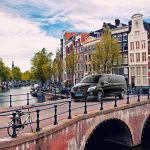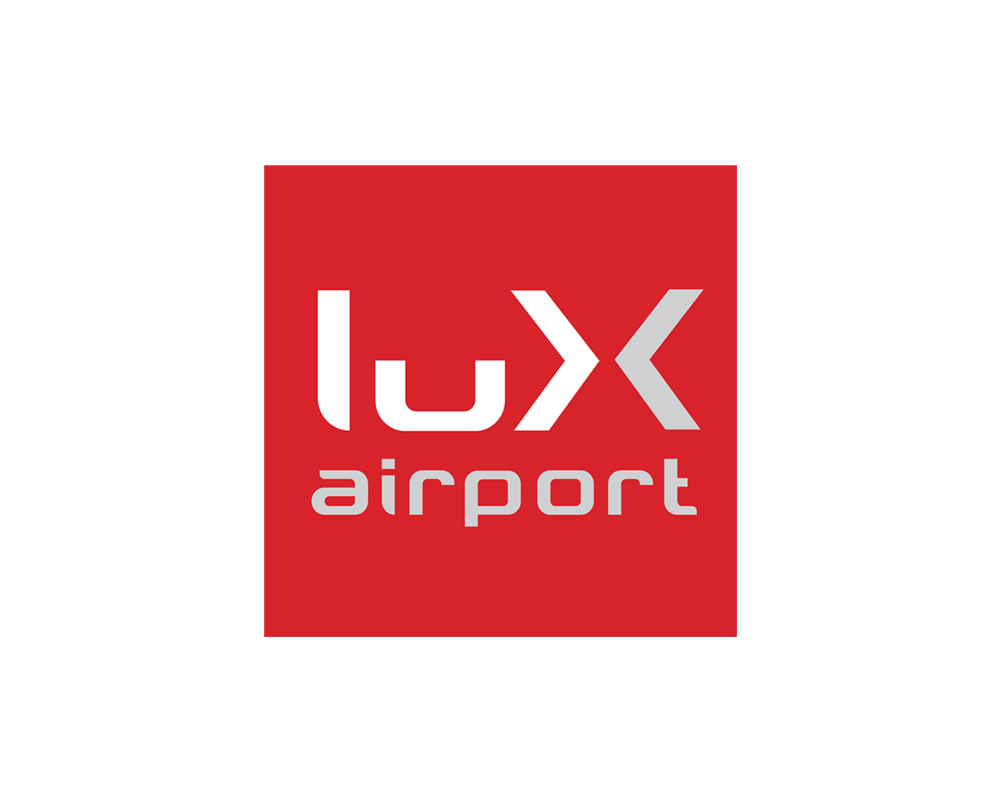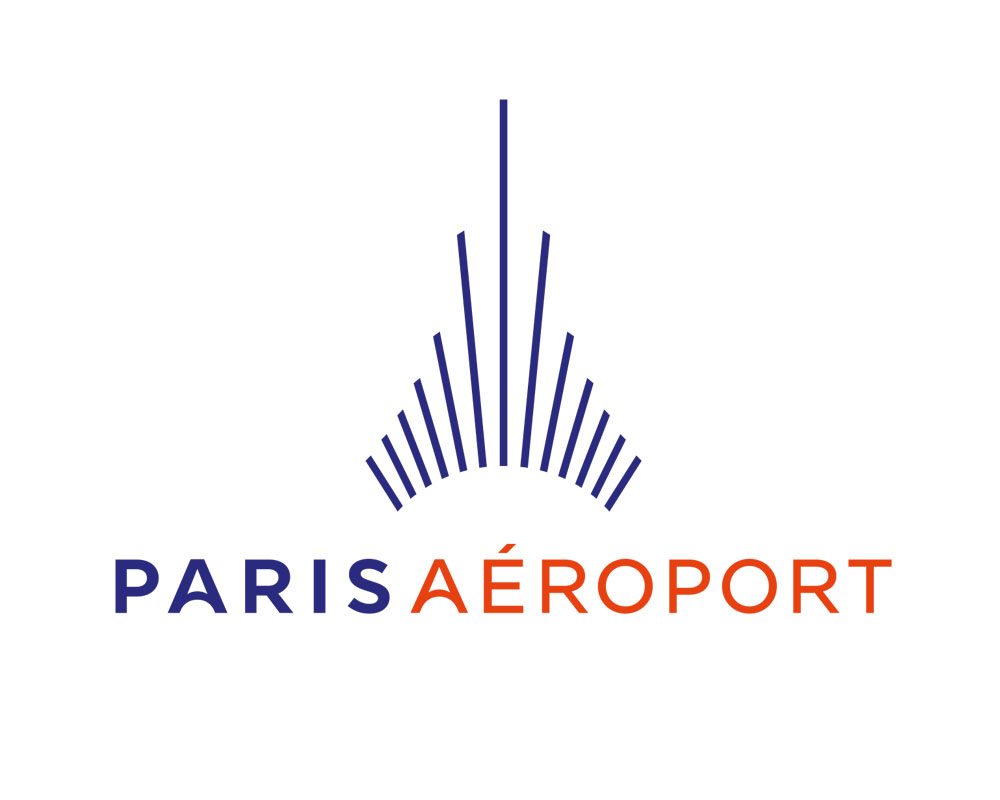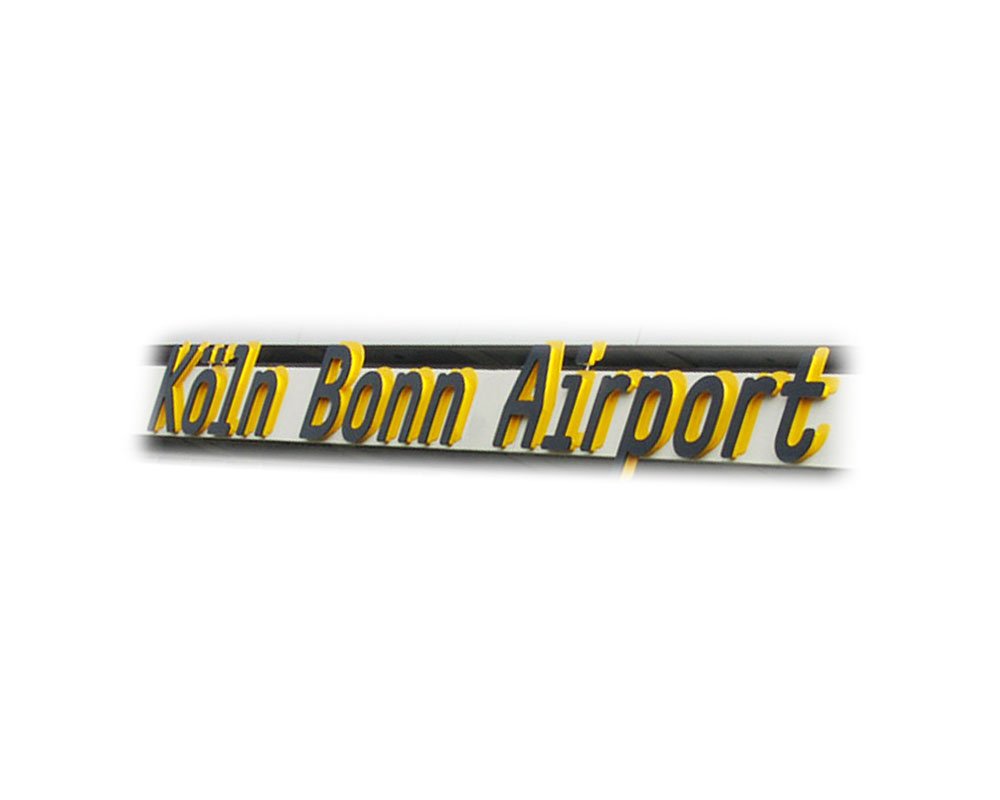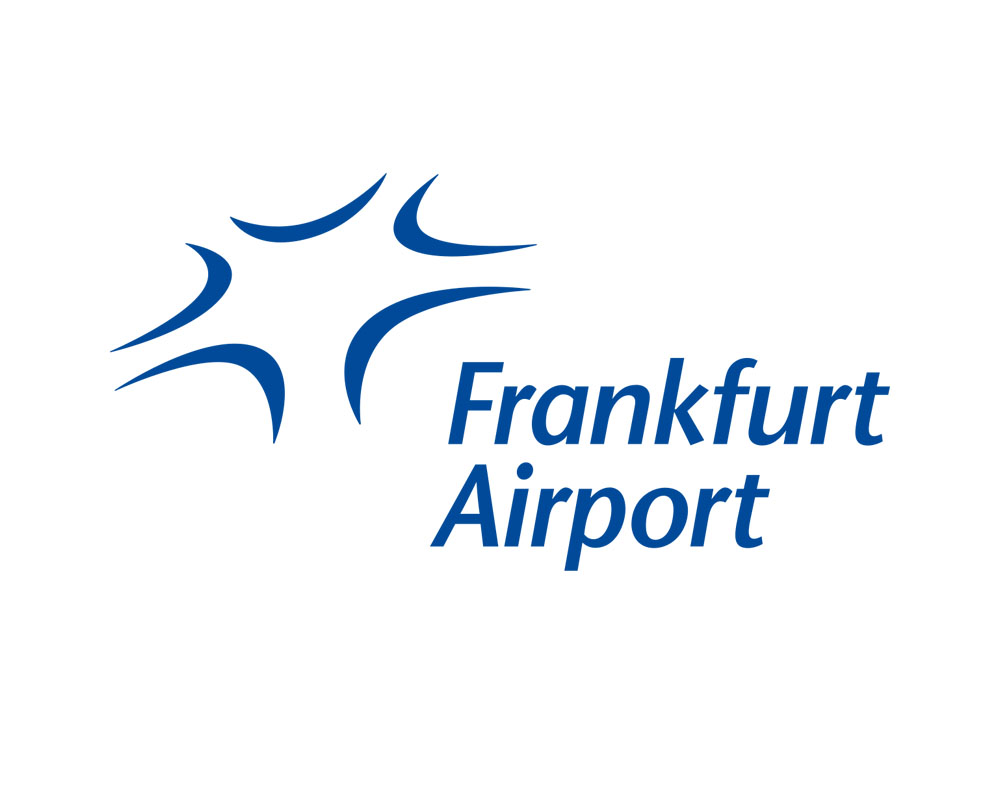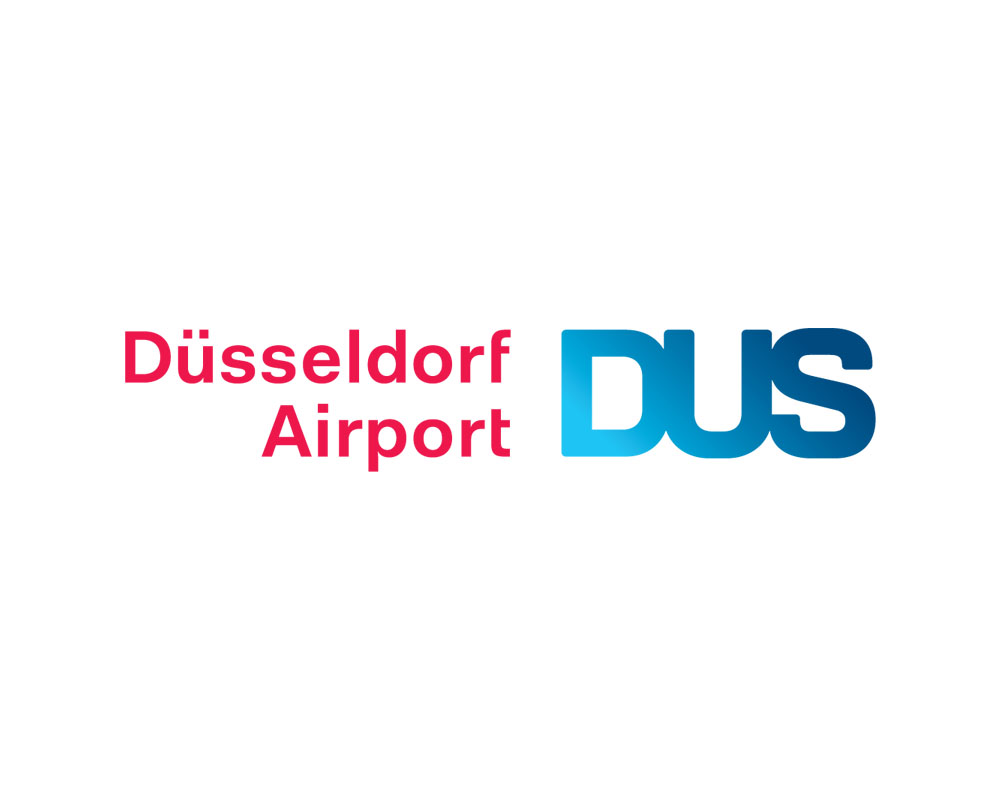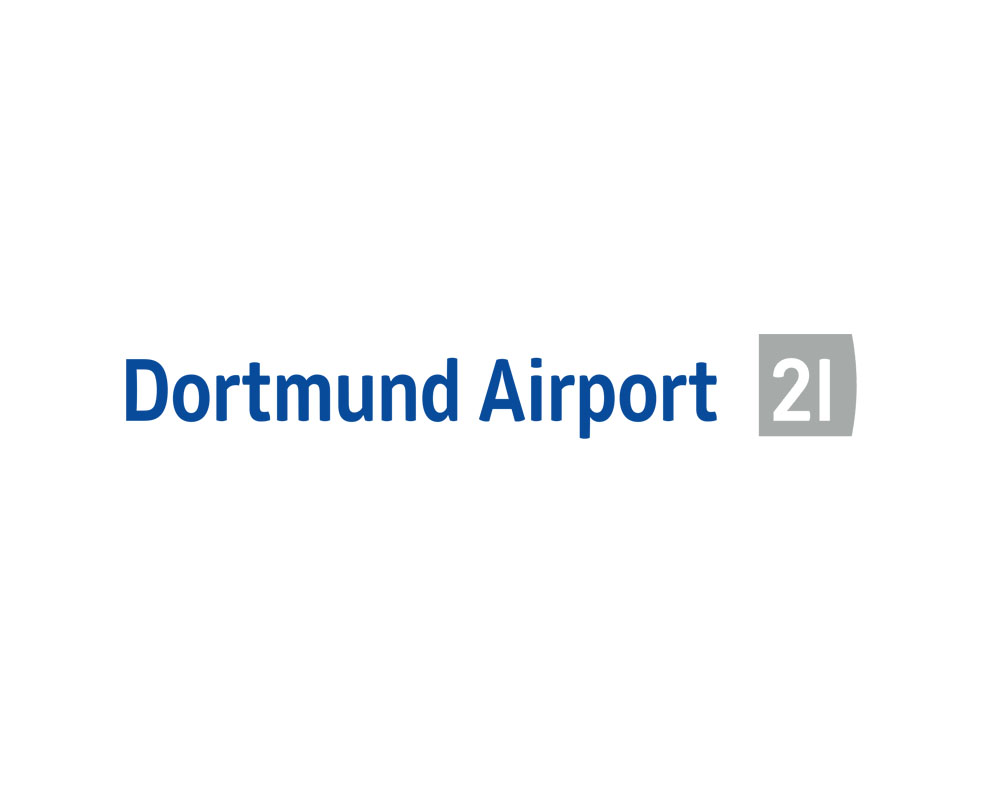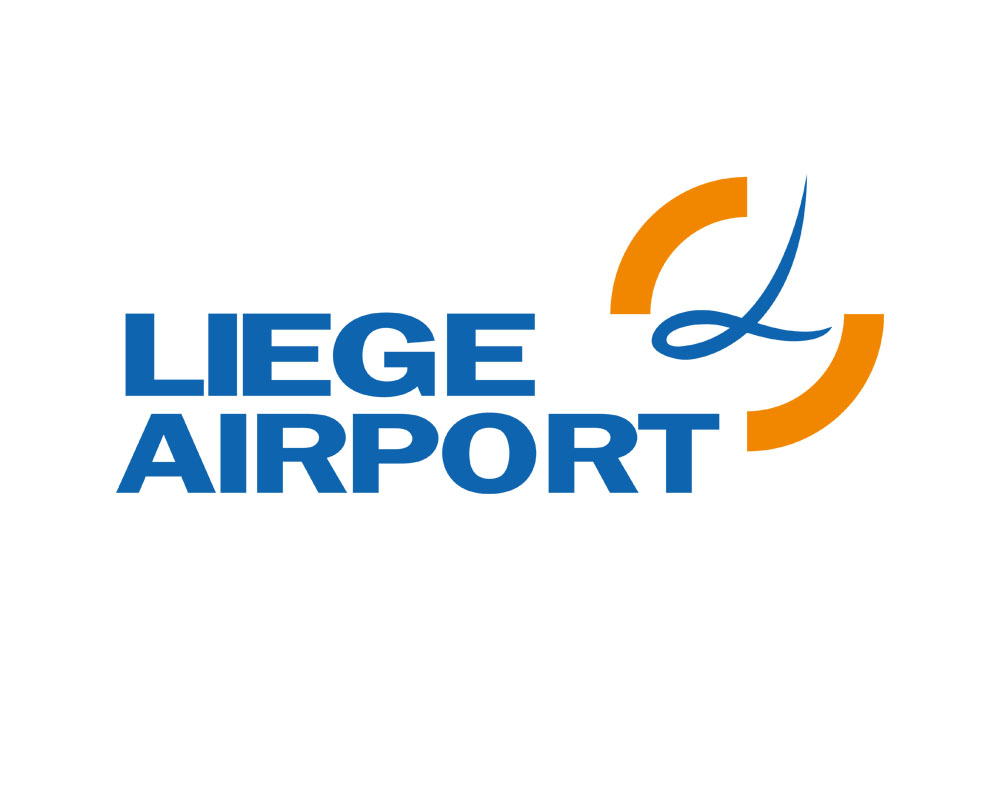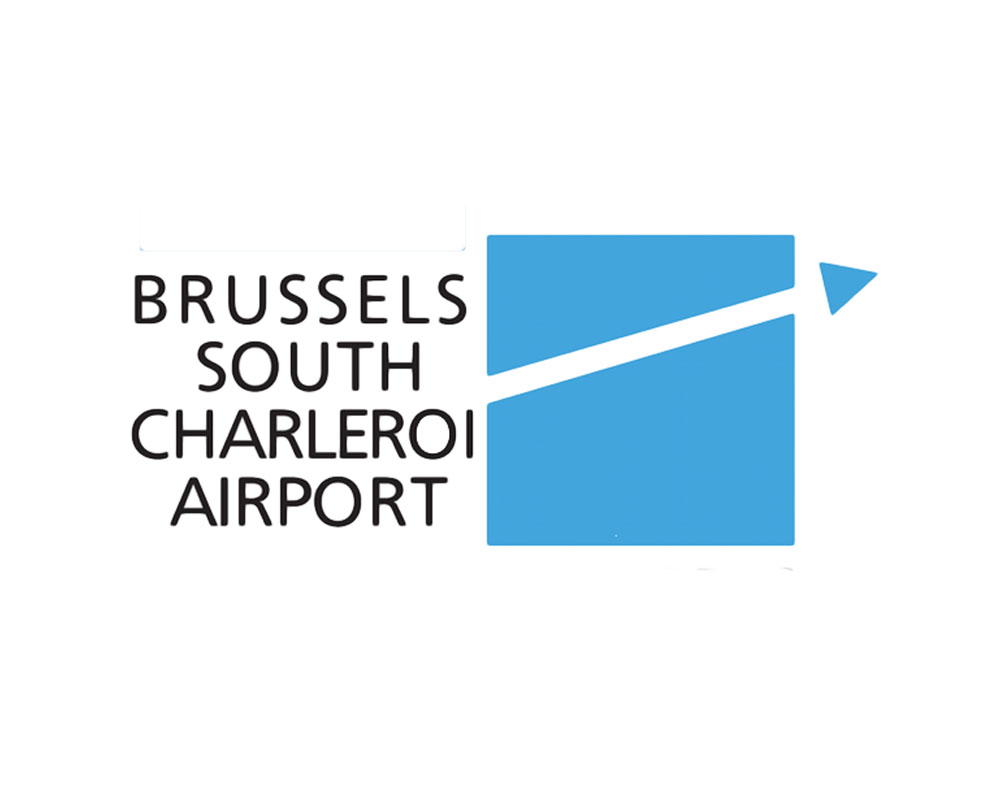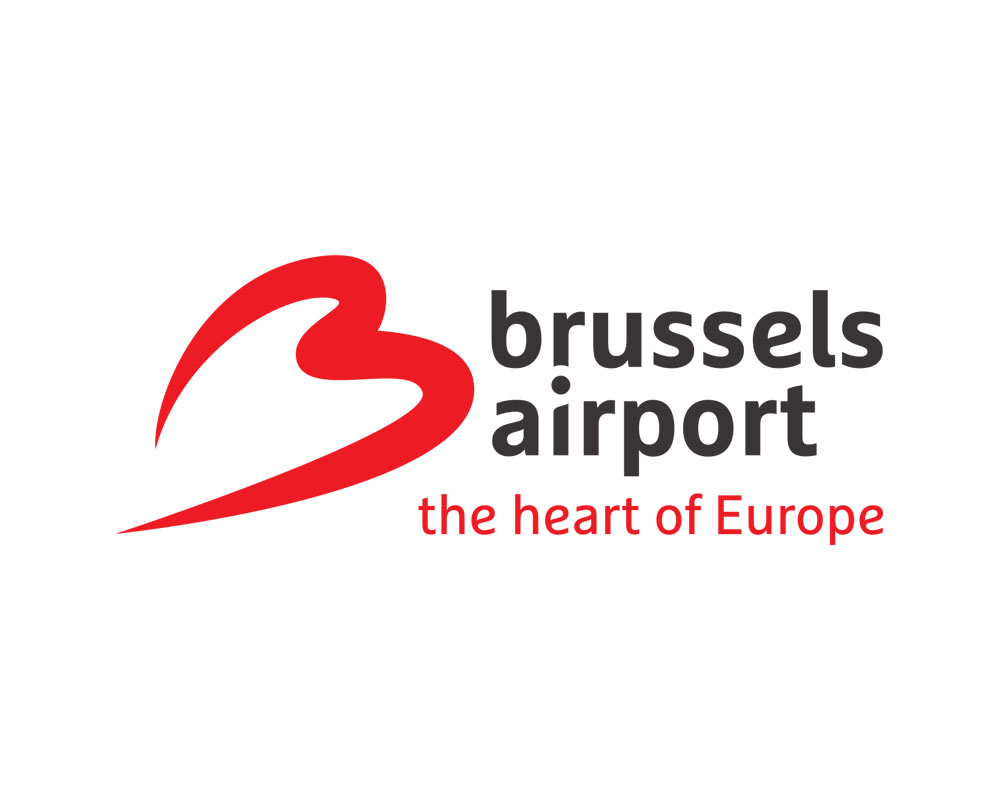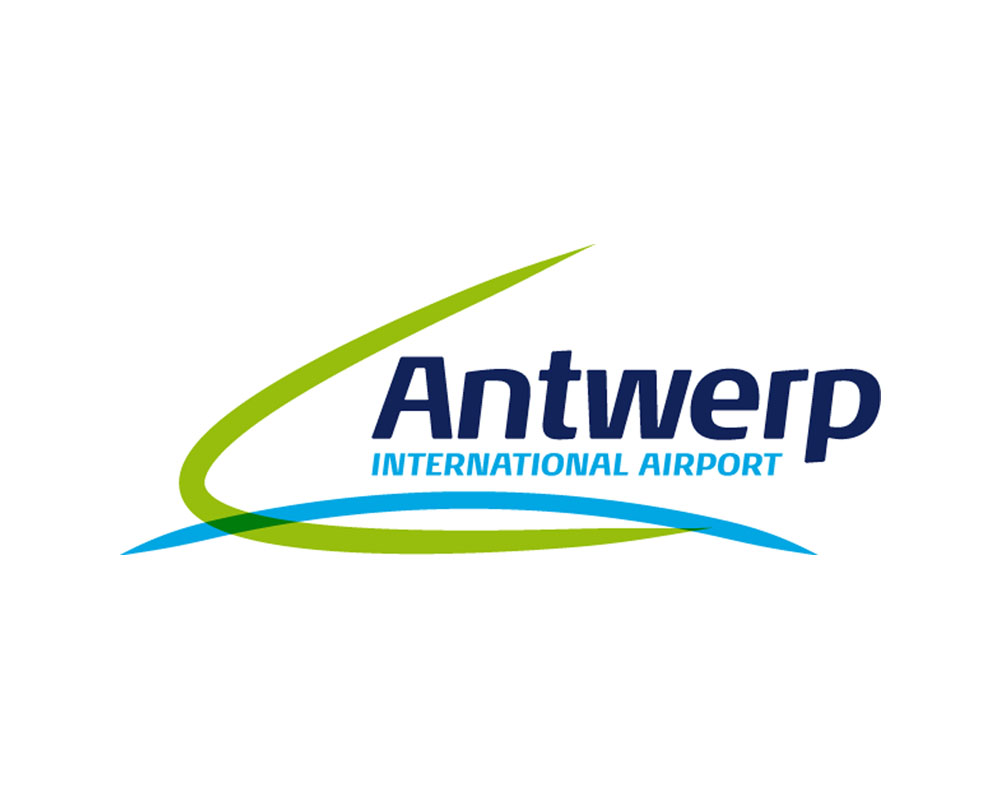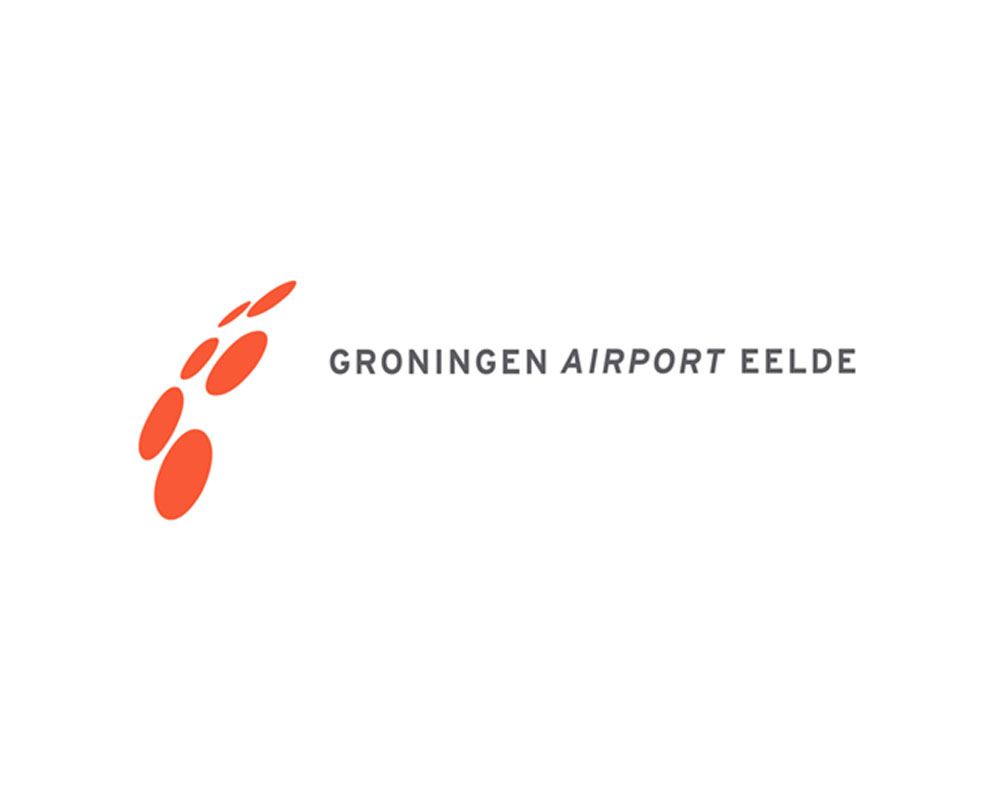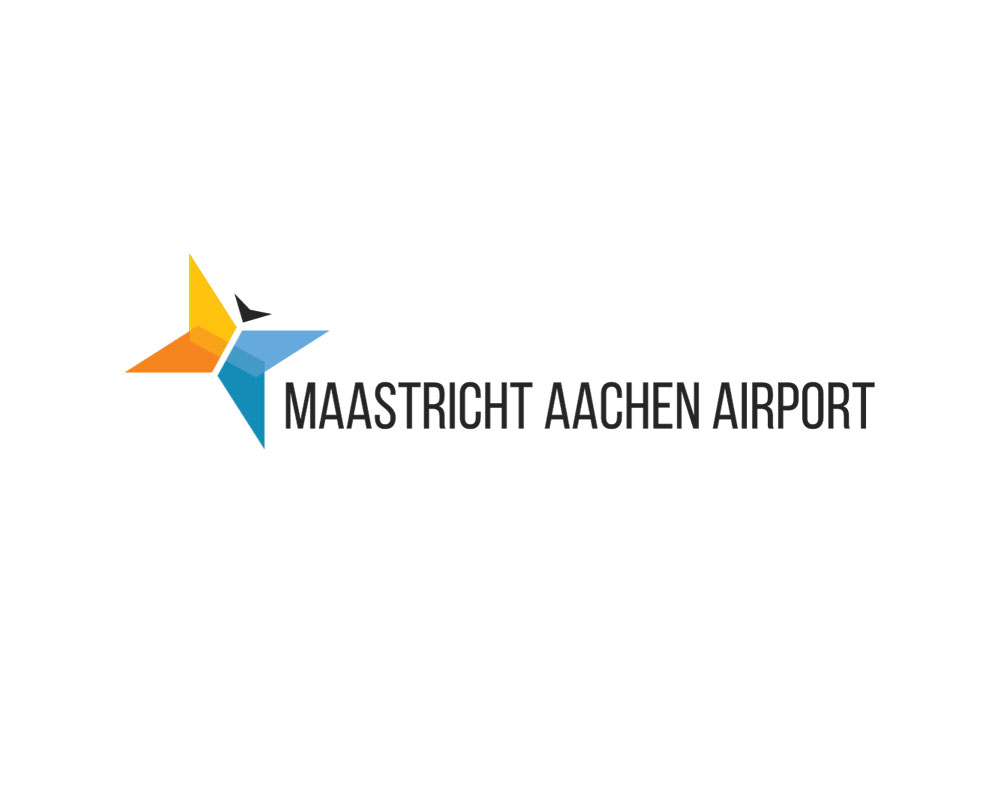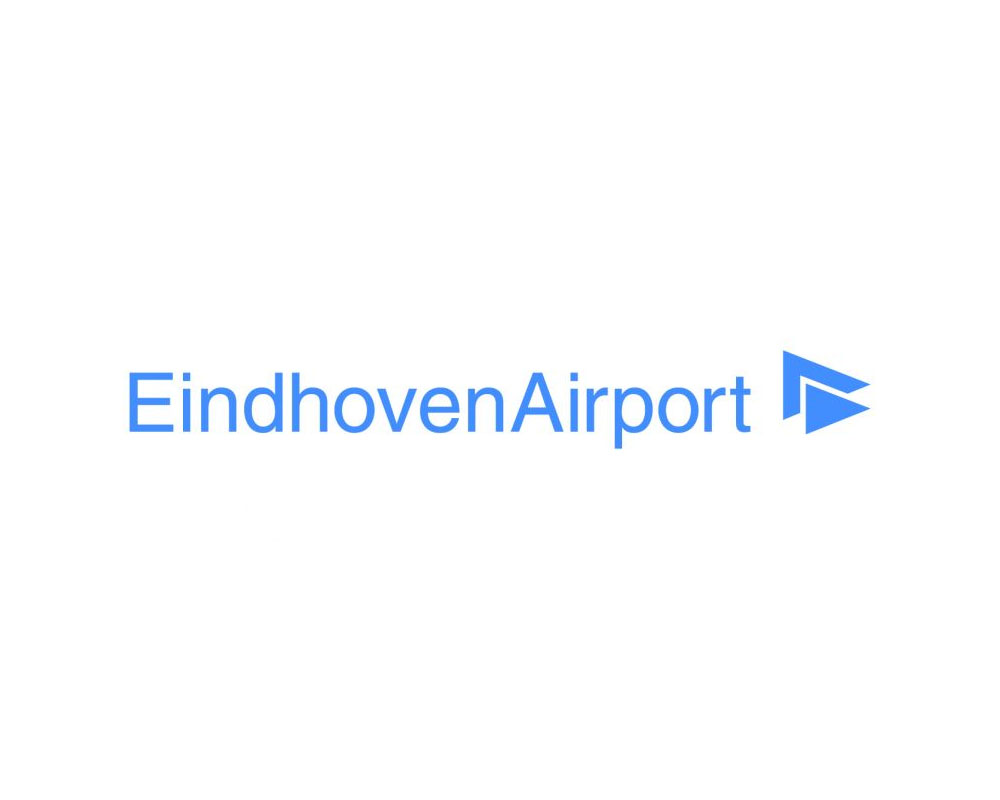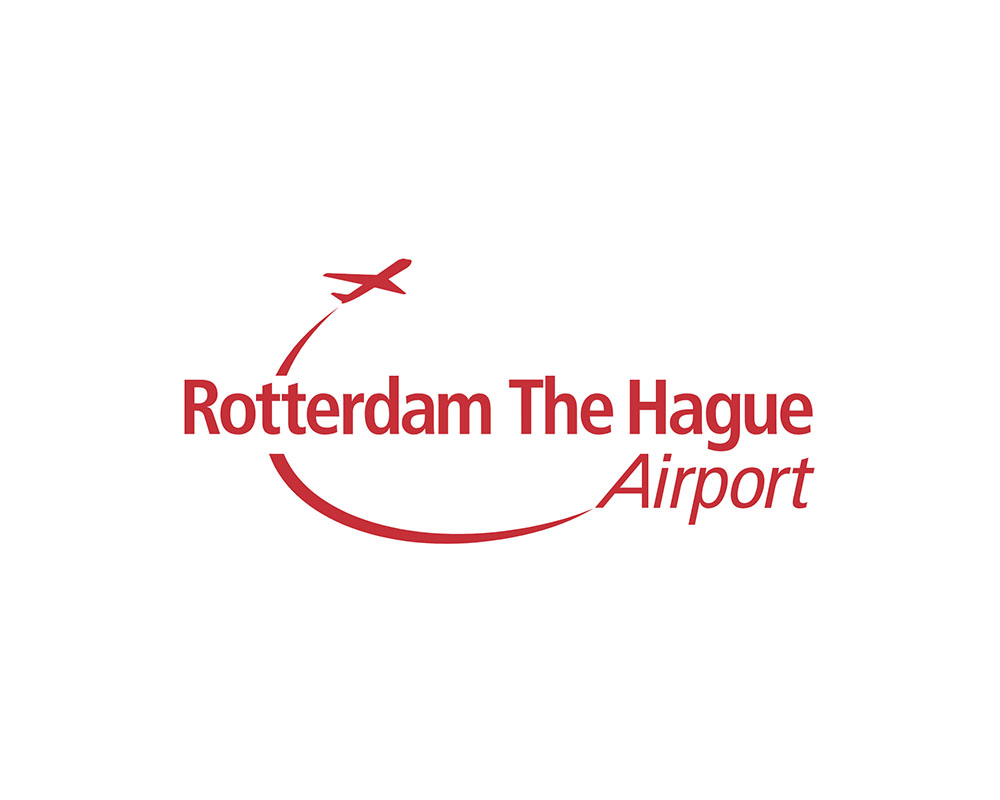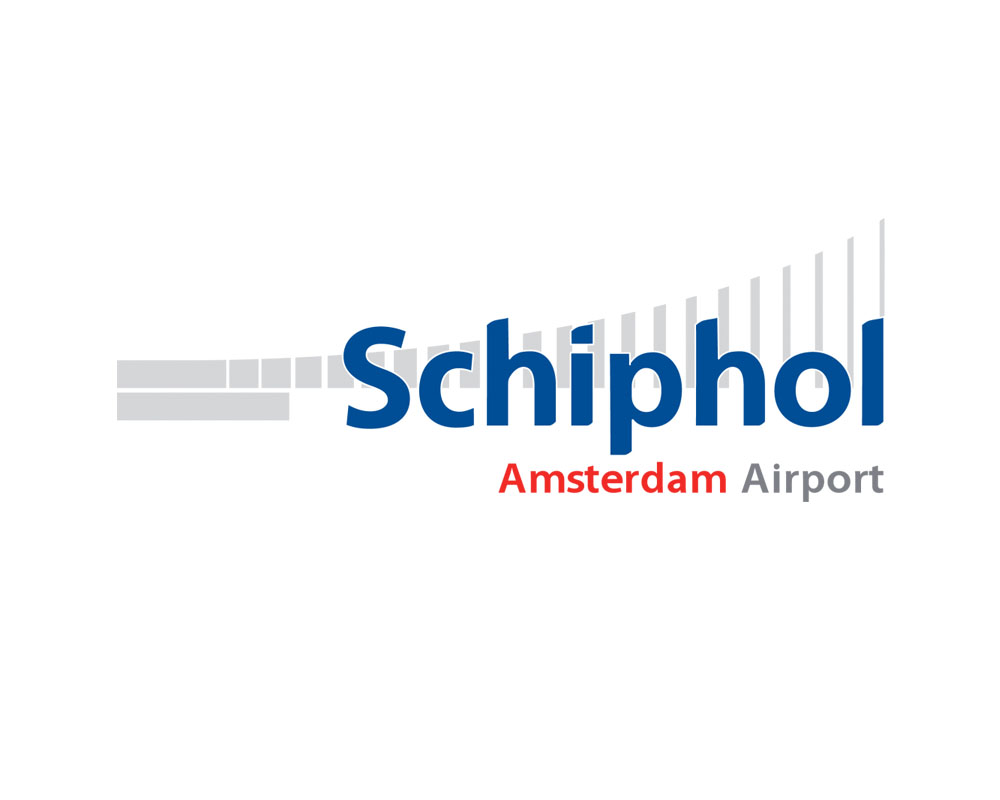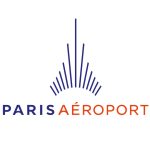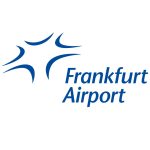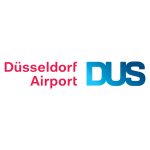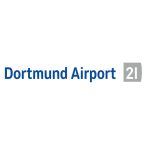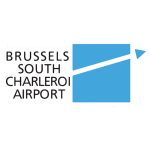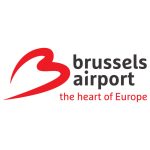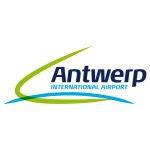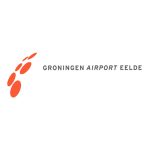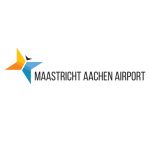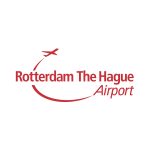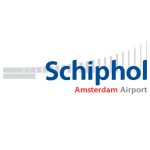Info
Description
Rotterdam is the second-largest city and a municipality of the Netherlands. It is located in the province of South Holland, at the mouth of the Nieuwe Maas channel leading into the Rhine–Meuse–Scheldt delta at the North Sea. Its history goes back to 1270, when a dam was constructed in the Rotte, after which people settled around it for safety. In 1340, Rotterdam was granted city rights by the Count of Holland. A major logistic and economic centre, Rotterdam is Europe’s largest port. It has a population of 633,471 (2017). Rotterdam is known for its Erasmus University, its riverside setting, lively cultural life and maritime heritage. The near-complete destruction of the city centre in the World War II Rotterdam Blitz has resulted in a varied architectural landscape, including sky-scrapers (an uncommon sight in other Dutch cities) designed by renowned architects such as Rem Koolhaas, Piet Blom and Ben van Berkel. The Rhine, Meuse and Scheldt give waterway access into the heart of Western Europe, including the highly industrialized Ruhr. The extensive distribution system including rail, roads, and waterways have earned Rotterdam the nicknames “Gateway to Europe” and “Gateway to the World”.
Book Rotterdam Tour
Top-rated Sights & Attractions
Grote of Sint-Laurenskerk
 Great St. Lawrence Church – Grote of Sint-Laurenskerk – is all that’s left of Rotterdam’s medieval buildings, most of which were destroyed during WWII. In Grote Kerkplein, the late Gothic church dates from the 15th century and was built on once marshy ground giving the building a peculiar lean that was only halted after its foundation was rebuilt in 1650. It was heavily damaged in bombings, but was fully restored at the end of the war.Upon entering the church, you’ll be struck by the beauty of the bright interior, an effect heightened by the colored glass of its windows. The church is famous for its three Danish organs, the largest of which stands on a marble base on the inside wall of the tower. The bronze doors of the main entrance, on the theme of War and Peace, are by the Italian artist Giacomo Manzu, and in front of the church is a statue of Rotterdam’s most famous son, Erasmus. Guided tours are available, although the small admission fee includes a very informative audio guide.
Great St. Lawrence Church – Grote of Sint-Laurenskerk – is all that’s left of Rotterdam’s medieval buildings, most of which were destroyed during WWII. In Grote Kerkplein, the late Gothic church dates from the 15th century and was built on once marshy ground giving the building a peculiar lean that was only halted after its foundation was rebuilt in 1650. It was heavily damaged in bombings, but was fully restored at the end of the war.Upon entering the church, you’ll be struck by the beauty of the bright interior, an effect heightened by the colored glass of its windows. The church is famous for its three Danish organs, the largest of which stands on a marble base on the inside wall of the tower. The bronze doors of the main entrance, on the theme of War and Peace, are by the Italian artist Giacomo Manzu, and in front of the church is a statue of Rotterdam’s most famous son, Erasmus. Guided tours are available, although the small admission fee includes a very informative audio guide.
Maritime Museum Rotterdam
 The Maritime Museum Rotterdam is a maritime museum in Rotterdam, The Netherlands. Dedicated to naval history, it was founded in 1874 by Prince Henry of the Netherlands. Next to the Maritime Museum lies the open-air Maritime Museum Harbour, which merged with the Maritime Museum in 2014. The Maritime Museum Harbour contains an exceptional collection of historic vessels and cranes which are maintained in working condition. The Museum Collection contains 850.000 objects from six centuries of maritime history. In the Maritime Museum you can visit a diverse range of permanent and changing exhibitions for three generations: children between 4 and 12, their parents and grandparents. The exhibitions show the maritime influence on our everyday life. Today the museum is working on an offshore exhibition which will be open at the end of 2016.
The Maritime Museum Rotterdam is a maritime museum in Rotterdam, The Netherlands. Dedicated to naval history, it was founded in 1874 by Prince Henry of the Netherlands. Next to the Maritime Museum lies the open-air Maritime Museum Harbour, which merged with the Maritime Museum in 2014. The Maritime Museum Harbour contains an exceptional collection of historic vessels and cranes which are maintained in working condition. The Museum Collection contains 850.000 objects from six centuries of maritime history. In the Maritime Museum you can visit a diverse range of permanent and changing exhibitions for three generations: children between 4 and 12, their parents and grandparents. The exhibitions show the maritime influence on our everyday life. Today the museum is working on an offshore exhibition which will be open at the end of 2016.
Museum Boijmans-van Beuningen
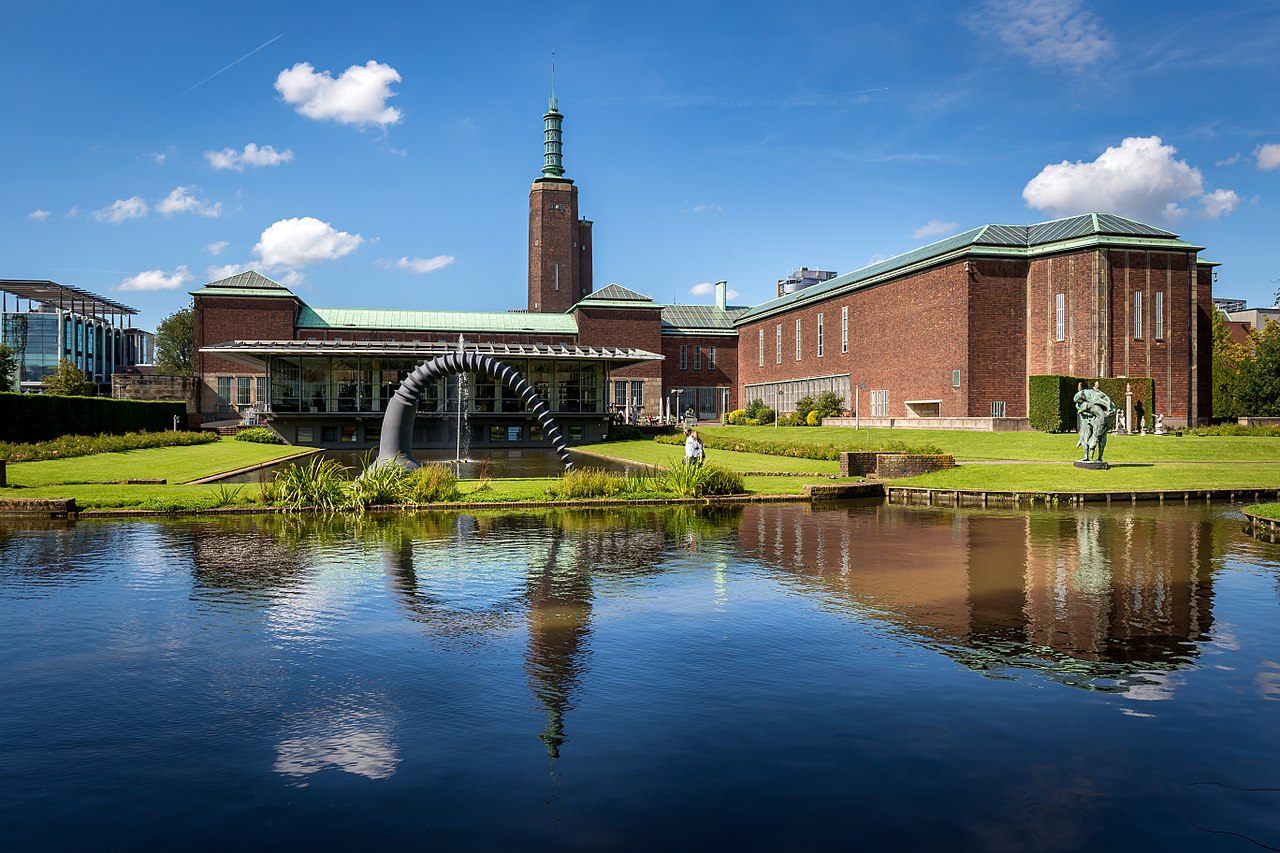 Museum Boijmans Van Beuningen is an art museum in Rotterdam in the Netherlands. It is located at the Museumpark in the district Rotterdam Centrum, close to the Kunsthal and the Natural History Museum. The museum opened in 1849. It houses the collections of Frans Jacob Otto Boijmans (1767–1847) and Daniël George van Beuningen (1877–1955). In the collection, ranging from medieval to contemporary art, are works of Rembrandt, Claude Monet, Vincent van Gogh, and Salvador Dalí. In 2013, the museum had 292,711 visitors and was the 14th most visited museum in the Netherlands. The museum has a diverse collection ranging from medieval to contemporary art, with somewhat of a focus on Dutch art. Much of the collection came to the museum through the two private collections mentioned above, but many others have contributed throughout the years. Among the best-known artists that are exhibited in the permanent exhibition of the museum are Hieronymus Bosch, Pieter Bruegel the Elder, Rembrandt, Claude Monet, Wassily Kandinsky, Vincent van Gogh, Maurizio Cattelan, Paul Cézanne, René Magritte, Salvador Dalí, Mark Rothko, Edvard Munch, Willem de Kooning, and Yayoi Kusama.The collection also includes one of the richest assembly of works on paper (etchings, drawings, lithographs, etc.) in the world from the Middle Ages to the present times.
Museum Boijmans Van Beuningen is an art museum in Rotterdam in the Netherlands. It is located at the Museumpark in the district Rotterdam Centrum, close to the Kunsthal and the Natural History Museum. The museum opened in 1849. It houses the collections of Frans Jacob Otto Boijmans (1767–1847) and Daniël George van Beuningen (1877–1955). In the collection, ranging from medieval to contemporary art, are works of Rembrandt, Claude Monet, Vincent van Gogh, and Salvador Dalí. In 2013, the museum had 292,711 visitors and was the 14th most visited museum in the Netherlands. The museum has a diverse collection ranging from medieval to contemporary art, with somewhat of a focus on Dutch art. Much of the collection came to the museum through the two private collections mentioned above, but many others have contributed throughout the years. Among the best-known artists that are exhibited in the permanent exhibition of the museum are Hieronymus Bosch, Pieter Bruegel the Elder, Rembrandt, Claude Monet, Wassily Kandinsky, Vincent van Gogh, Maurizio Cattelan, Paul Cézanne, René Magritte, Salvador Dalí, Mark Rothko, Edvard Munch, Willem de Kooning, and Yayoi Kusama.The collection also includes one of the richest assembly of works on paper (etchings, drawings, lithographs, etc.) in the world from the Middle Ages to the present times.
Windmills at Kinderdijk
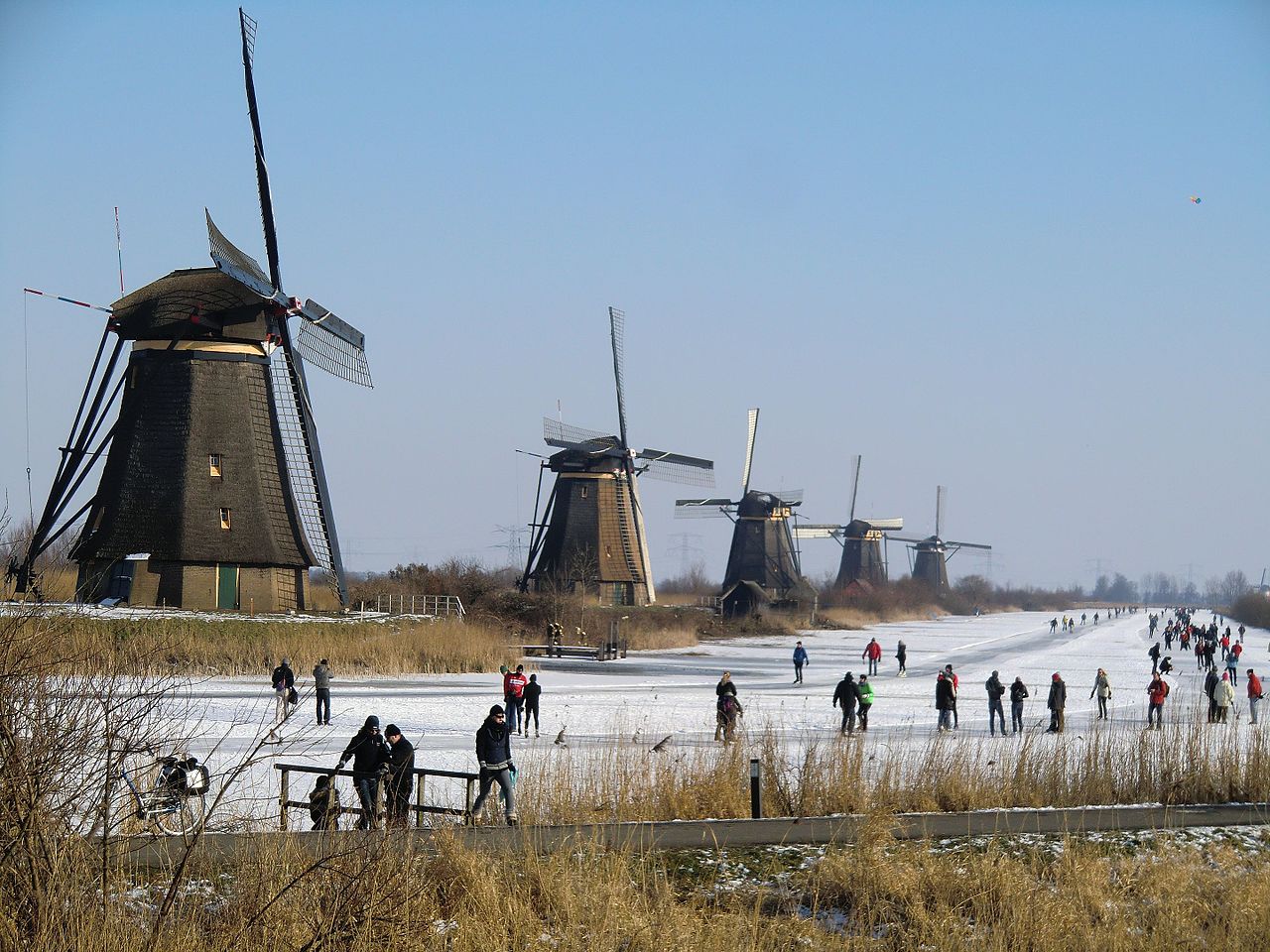 The windmills at Kinderdijk are a group of 19 monumental windmills in the Alblasserwaard polder, in the province of South Holland, Netherlands. Most of the mills are part of the village of Kinderdijk in the municipality of Molenwaard, and one mill, De Blokker, is part of the municipality of Alblasserdam. Built in 1738 and 1740, to keep water out of the polder, it is the largest concentration of old windmills in the Netherlands and one of the best-known Dutch tourist sites. The mills are listed as national monuments and the entire area is a protected village view since 1993. They have been a UNESCO World Heritage Site since 1997.
The windmills at Kinderdijk are a group of 19 monumental windmills in the Alblasserwaard polder, in the province of South Holland, Netherlands. Most of the mills are part of the village of Kinderdijk in the municipality of Molenwaard, and one mill, De Blokker, is part of the municipality of Alblasserdam. Built in 1738 and 1740, to keep water out of the polder, it is the largest concentration of old windmills in the Netherlands and one of the best-known Dutch tourist sites. The mills are listed as national monuments and the entire area is a protected village view since 1993. They have been a UNESCO World Heritage Site since 1997.
Cube Houses
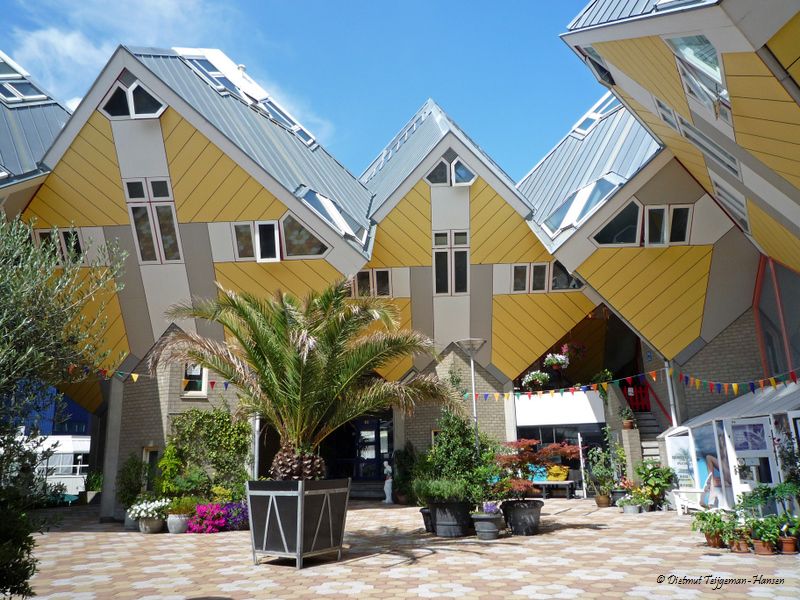 Cube houses (Kubuswoningen) are a set of innovative houses built in Rotterdam and Helmond in the Netherlands, designed by architect Piet Blom and based on the concept of “living as an urban roof”: high density housing with enough space on the ground level, since its main purpose is to optimise the space inside. Blom tilted the cube of a conventional house 45 degrees and rested it upon a hexagon-shaped pylon. His design represents a village within a city, where each house represents a tree, and all the houses together, a forest. The central idea of the cube houses around the world is mainly optimizing the space, as a house, to a better distribution of the rooms inside.
Cube houses (Kubuswoningen) are a set of innovative houses built in Rotterdam and Helmond in the Netherlands, designed by architect Piet Blom and based on the concept of “living as an urban roof”: high density housing with enough space on the ground level, since its main purpose is to optimise the space inside. Blom tilted the cube of a conventional house 45 degrees and rested it upon a hexagon-shaped pylon. His design represents a village within a city, where each house represents a tree, and all the houses together, a forest. The central idea of the cube houses around the world is mainly optimizing the space, as a house, to a better distribution of the rooms inside.
Market Hall
 One of the most popular gathering points in Rotterdam is the impressive Markt, which opened in 2014. Its soaring arched ceiling is covered in larger-than-life murals of vegetables, fish, and other food subjects, and the market itself is a kaleidoscope of fresh and prepared foods. You’ll find fast foods of every sort and restaurants serving everything from traditional Dutch favorites, like Stroopwafels, to Balkan foods, Spanish tapas, and exotic Indonesian dishes.
One of the most popular gathering points in Rotterdam is the impressive Markt, which opened in 2014. Its soaring arched ceiling is covered in larger-than-life murals of vegetables, fish, and other food subjects, and the market itself is a kaleidoscope of fresh and prepared foods. You’ll find fast foods of every sort and restaurants serving everything from traditional Dutch favorites, like Stroopwafels, to Balkan foods, Spanish tapas, and exotic Indonesian dishes.
Coolsingel
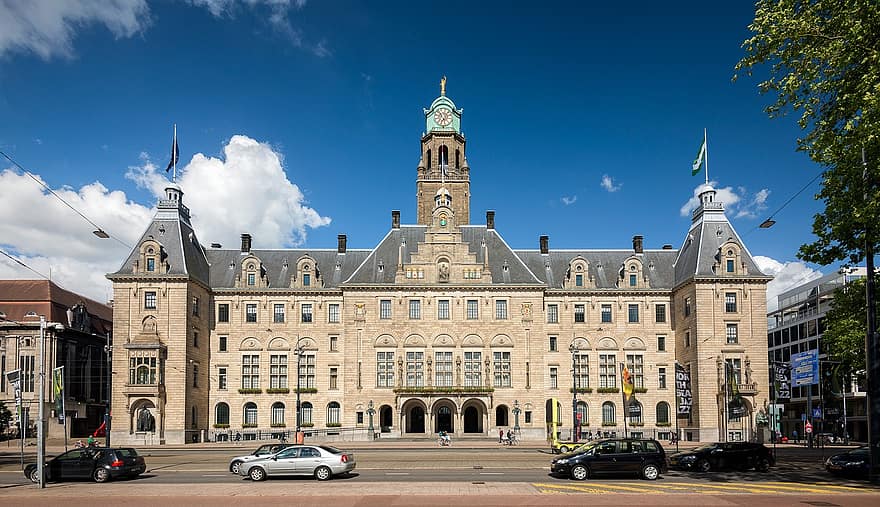 The centerpiece of Coolsingel, the main street of Rotterdam’s city center, is the Town Hall (Stadhuis), built between 1914 and 1920 in Dutch Renaissance style. It almost miraculously escaped destruction in World War II bombing. You can’t visit the richly decorated interior on your own, but tours are available, booked through the tourist office. Opposite the Town Hall, in the busy Stadhuisplein, is a war memorial designed by Mari Andriessen. Other Coolsingel highlights include the World Trade Center, a high-rise building with a facade of greenish-blue glass, and the Bijenkorf (“Beehive”) department store (by Marcel Breuer, 1958). Fronting Bijenkorf is the 26-meter-high work of sculpture, Construction (1957), by Naum Gabo, a French sculptor of Russian origin. The popular shopping streets of Lijnbaan and Koopgoot are also in this area. A few blocks northwest from Bijenkorf, you’ll come to De Doelen, a concert hall and congress center rebuilt in 1966 after its destruction in 1940. It offers seating for 2,200 people, and excellent acoustics. Nearby is the Schouwburg (Municipal Theater), which opened in 1988.
The centerpiece of Coolsingel, the main street of Rotterdam’s city center, is the Town Hall (Stadhuis), built between 1914 and 1920 in Dutch Renaissance style. It almost miraculously escaped destruction in World War II bombing. You can’t visit the richly decorated interior on your own, but tours are available, booked through the tourist office. Opposite the Town Hall, in the busy Stadhuisplein, is a war memorial designed by Mari Andriessen. Other Coolsingel highlights include the World Trade Center, a high-rise building with a facade of greenish-blue glass, and the Bijenkorf (“Beehive”) department store (by Marcel Breuer, 1958). Fronting Bijenkorf is the 26-meter-high work of sculpture, Construction (1957), by Naum Gabo, a French sculptor of Russian origin. The popular shopping streets of Lijnbaan and Koopgoot are also in this area. A few blocks northwest from Bijenkorf, you’ll come to De Doelen, a concert hall and congress center rebuilt in 1966 after its destruction in 1940. It offers seating for 2,200 people, and excellent acoustics. Nearby is the Schouwburg (Municipal Theater), which opened in 1988.
Boat Tours of the Europoort
 Rotterdam’s massive port occupies half the city’s total area of 247 square kilometers, much of it in turn occupied by Europoort, a huge complex known as the Gateway to Europe. In addition to countless massive ships, you’ll see mile after mile of quays and storage facilities built to service the world’s busiest port. One of the most popular excursions begins at Maeslantkering near Hoek van Holland (Hook of Holland) and includes a close-up look at the city’s massive surge barrier. Evening tours are also fun, especially with Rotterdam’s most famous landmarks, including the superb Erasmus Bridge, being spectacularly illuminated.
Rotterdam’s massive port occupies half the city’s total area of 247 square kilometers, much of it in turn occupied by Europoort, a huge complex known as the Gateway to Europe. In addition to countless massive ships, you’ll see mile after mile of quays and storage facilities built to service the world’s busiest port. One of the most popular excursions begins at Maeslantkering near Hoek van Holland (Hook of Holland) and includes a close-up look at the city’s massive surge barrier. Evening tours are also fun, especially with Rotterdam’s most famous landmarks, including the superb Erasmus Bridge, being spectacularly illuminated.
Rotterdam Zoo
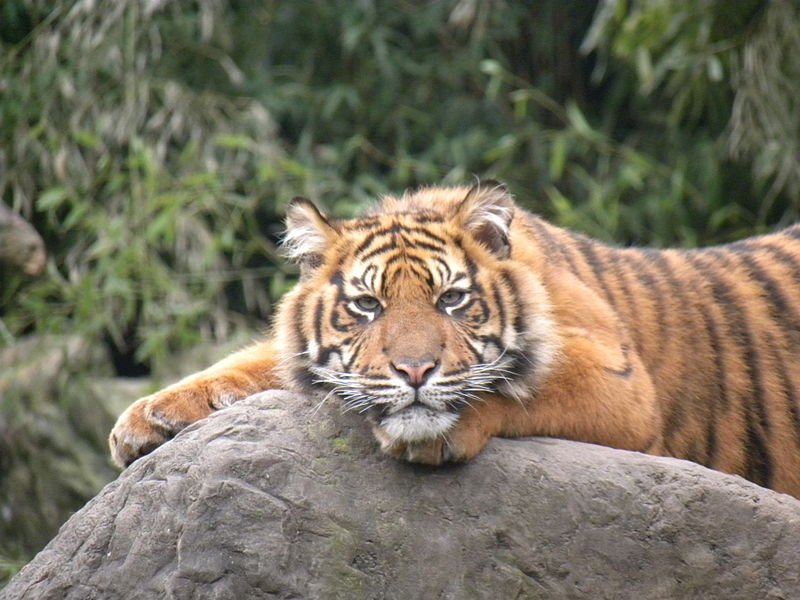 Diergaarde Blijdorp (Blijdorp Zoo), also named Rotterdam Zoo, is a zoo in the northwestern part of Rotterdam, one of the oldest zoos in the Netherlands. It is operated by the Stichting Koninklijke Rotterdamse Diergaarde (‘Royal Rotterdam Zoo Foundation’). In 2007, it celebrated its 150th anniversary. Diergaarde Blijdorp participates in about 70 breeding programs and studbooks, and coordinates a number of these, including the international breeding program for red pandas, EEPs for Asian elephant, Komodo dragon, red-crowned and Siberian crane, Visayan warty pig and Egyptian tortoise, and the ESB (European Studbook) for the crowned pigeons. Blijdorp also houses a botanical garden and manages both the Dutch National Bromelia Collection and the Dutch National Primula Collection. The Oceanium is an aquarium that opened in the zoo in 2001. The Oceanium lies in the expansion area of the zoo, which includes a new entrance and parking area, and was the biggest project to date for the zoo. The area around the Oceanium is home to projects depicting the Americas.
Diergaarde Blijdorp (Blijdorp Zoo), also named Rotterdam Zoo, is a zoo in the northwestern part of Rotterdam, one of the oldest zoos in the Netherlands. It is operated by the Stichting Koninklijke Rotterdamse Diergaarde (‘Royal Rotterdam Zoo Foundation’). In 2007, it celebrated its 150th anniversary. Diergaarde Blijdorp participates in about 70 breeding programs and studbooks, and coordinates a number of these, including the international breeding program for red pandas, EEPs for Asian elephant, Komodo dragon, red-crowned and Siberian crane, Visayan warty pig and Egyptian tortoise, and the ESB (European Studbook) for the crowned pigeons. Blijdorp also houses a botanical garden and manages both the Dutch National Bromelia Collection and the Dutch National Primula Collection. The Oceanium is an aquarium that opened in the zoo in 2001. The Oceanium lies in the expansion area of the zoo, which includes a new entrance and parking area, and was the biggest project to date for the zoo. The area around the Oceanium is home to projects depicting the Americas.
Euromast
 Euromast is an observation tower in Rotterdam, Netherlands, designed by Hugh Maaskant constructed between 1958 and 1960. It was specially built for the 1960 Floriade, and is a listed monument since 2010. The tower is a concrete structure with an internal diameter of 9 m (30 ft) and a wall thickness of 30 cm (12 in). For stability it is built on a concrete block of 1,900,000 kg (4,200,000 lb) so that the centre of gravity is below ground. It has a “crow’s nest” observation platform 96 m (315 ft) above-ground and a restaurant. Originally 101 m (331 ft) in height it was the tallest building in Rotterdam. It lost this position to the high-rise of Erasmus MC (113.5 m, 372 ft) which was completed in 1968, but regained it when the Space Tower was added to the top of the building in 1970, giving an additional 85 m (279 ft). Euromast is a member of the World Federation of Great Towers. In 2008 and 2009, the tower hosted an extreme sports event which featured BASE jumping.
Euromast is an observation tower in Rotterdam, Netherlands, designed by Hugh Maaskant constructed between 1958 and 1960. It was specially built for the 1960 Floriade, and is a listed monument since 2010. The tower is a concrete structure with an internal diameter of 9 m (30 ft) and a wall thickness of 30 cm (12 in). For stability it is built on a concrete block of 1,900,000 kg (4,200,000 lb) so that the centre of gravity is below ground. It has a “crow’s nest” observation platform 96 m (315 ft) above-ground and a restaurant. Originally 101 m (331 ft) in height it was the tallest building in Rotterdam. It lost this position to the high-rise of Erasmus MC (113.5 m, 372 ft) which was completed in 1968, but regained it when the Space Tower was added to the top of the building in 1970, giving an additional 85 m (279 ft). Euromast is a member of the World Federation of Great Towers. In 2008 and 2009, the tower hosted an extreme sports event which featured BASE jumping.
Kunsthal (Rotterdam’s Art Hall)
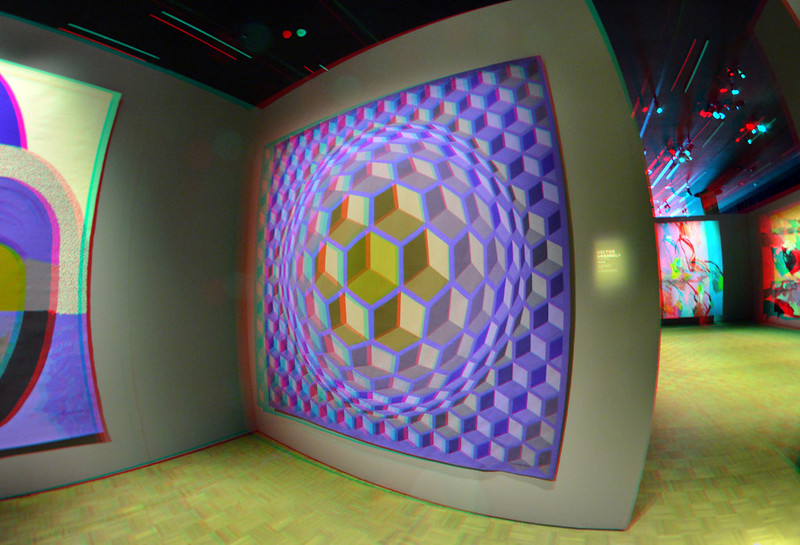 The museum is situated in the Museumpark of Rotterdam next to the Natuurhistorisch Museum Rotterdam, and in the vicinity of the Museum Boijmans Van Beuningen. Entrance to the Kunsthal is from the Westzeedijk. The building was designed by the Dutch architect Rem Koolhaas. The Kunsthal has no permanent collection, but organises a wide range of temporary exhibits. The large space available 3,300 m2 (36,000 sq ft) allows various exhibits in parallel. The range of exhibitions presented at the Kunsthal ranges from 20th century masters to current contemporary art movements. Recently the museum had exhibitions featuring artists such as Chuck Close, Andy Warhol and Arne Quinze.
The museum is situated in the Museumpark of Rotterdam next to the Natuurhistorisch Museum Rotterdam, and in the vicinity of the Museum Boijmans Van Beuningen. Entrance to the Kunsthal is from the Westzeedijk. The building was designed by the Dutch architect Rem Koolhaas. The Kunsthal has no permanent collection, but organises a wide range of temporary exhibits. The large space available 3,300 m2 (36,000 sq ft) allows various exhibits in parallel. The range of exhibitions presented at the Kunsthal ranges from 20th century masters to current contemporary art movements. Recently the museum had exhibitions featuring artists such as Chuck Close, Andy Warhol and Arne Quinze.
Delfshaven and the Pilgrims
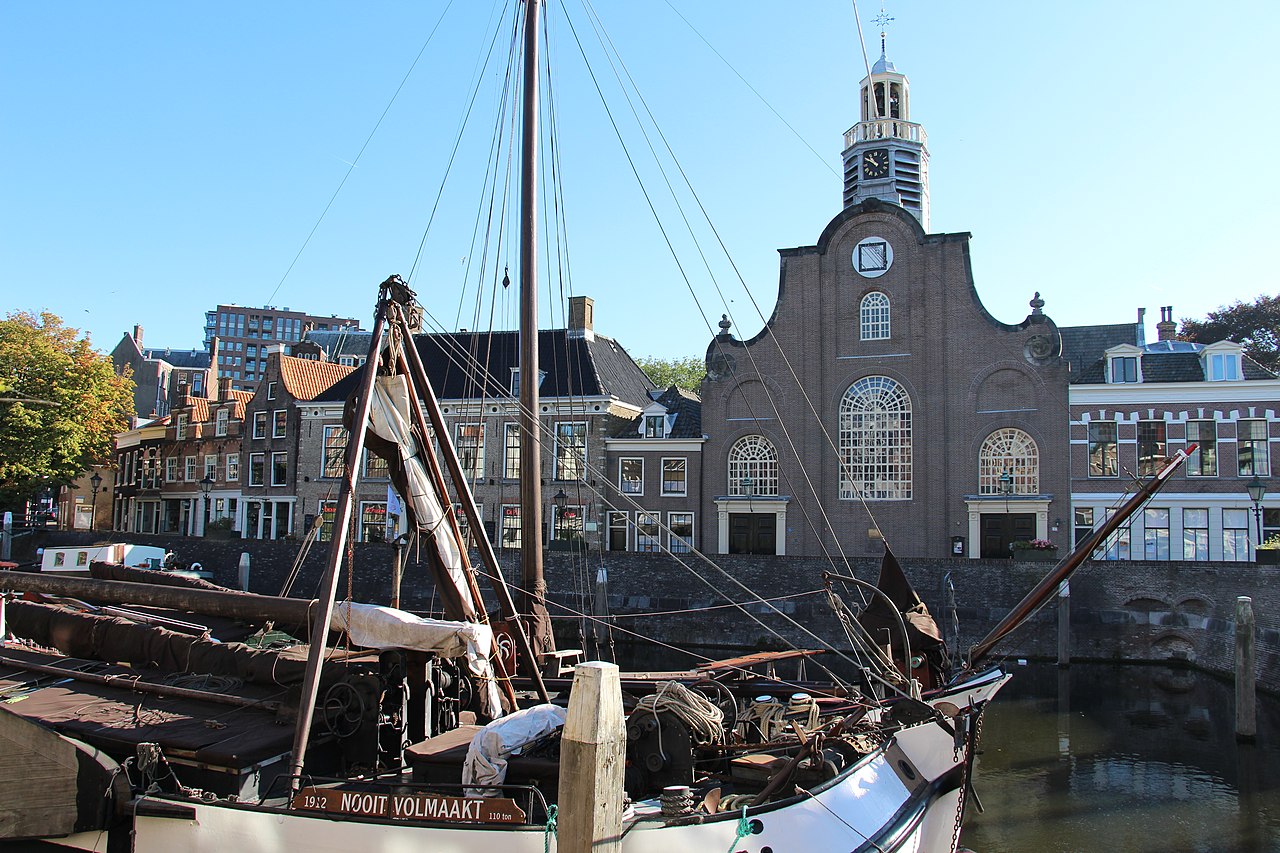 The old district of Delfshaven, which unlike much of Rotterdam survived WWII largely unscathed, is consequently one of the most popular spots in this big bustling city. It is revered by the Dutch as the birthplace of Admiral Piet Hein, a 16th-century hero of the country’s long war against Spain. For Americans, it’s notable for the Old Church (Oude Kerk), where the last service was held in 1620 by the Pilgrims before sailing for the New World to found Plymouth, Massachusetts. This is commemorated with a memorial and bronze tablet. Also worth visiting is Dubbelde Palmboom Museum, housed in a 19th-century warehouse containing a large collection of material on the history of Rotterdam, including archaeological finds, implements, and equipment.
The old district of Delfshaven, which unlike much of Rotterdam survived WWII largely unscathed, is consequently one of the most popular spots in this big bustling city. It is revered by the Dutch as the birthplace of Admiral Piet Hein, a 16th-century hero of the country’s long war against Spain. For Americans, it’s notable for the Old Church (Oude Kerk), where the last service was held in 1620 by the Pilgrims before sailing for the New World to found Plymouth, Massachusetts. This is commemorated with a memorial and bronze tablet. Also worth visiting is Dubbelde Palmboom Museum, housed in a 19th-century warehouse containing a large collection of material on the history of Rotterdam, including archaeological finds, implements, and equipment.


